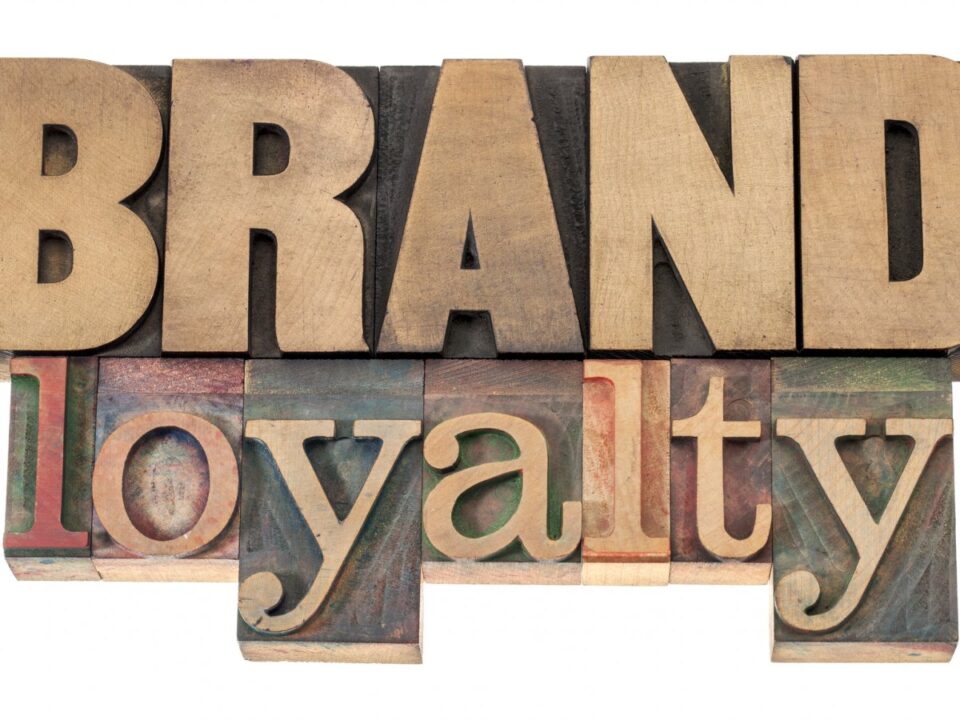
How Vendor Managed Inventory (VMI) Strengthens Supply Chain Resilience and Collaboration
To optimize inventory management, retailers and suppliers are increasingly turning to Vendor Managed Inventory (VMI) tools that transfer the responsibility…
Generix Ushers in a New Era of Intelligent Commerce for Retailers with AI-Driven Innovation Read the press release

From the get-go, a brand needs to define the main strategy of a loyalty program, and ask the right questions in regards to their objectives. Is the aim to generate more sales? Or is it a way to improve a brand’s public image? A loyalty program should benefit both consumer and brand.
Depending on the market, customer loyalty habits can differ: additional purchases, choosing one brand consistently over another, recommending the brand in a social or familial circle, or online reviews and activity on social networks. For example, in the restaurant industry, positive online reviews via social networks tend to be a sign of loyalty, while a clothing brand may find that additional purchases and word-of-mouth are signs of customer loyalty. The challenge for brands is to be able to work out what these habits are so they can address them correctly in their program.
Not one customer is the same, so the challenge lies in the ability to determine and differentiate loyalty depending on a particular individual, and to provide a more personalized and targeted program. These profiles can be created by identifying specific criteria such as the frequency of purchases, shopping habits, repeat purchases, and preference for specific channels and modes (online, in-store etc).
This one is straight-forward but very necessary: brands must define a way of recognizing each loyal customer clearly. This can be done via a loyalty program, through the work of digital tools and even through payment methods.
Brands should set up a way to measure their customers’ loyalty through all channels (for example, use of loyalty card, frequency of purchases and loyalty to a product, recommendations, sponsorship, and repeat in-store or cross-channel visits). There should be an internal measuring system that allows for all of these habits to be scored and measured accurately, which then leads to our next challenge.
Loyalty should be measured accurately (as stated above) so that customers can then be rewarded based on a personalized loyalty scale. Loyalty rewards can go from a classic discount coupon or special offer, to more personalized and specialized rewards such as sneak peeks, pre-release reviews, focus groups, or even co-conception challenges. Rewards should always be determined based on loyalty levels and on the brand’s objectives, determined in our first point.
There must be a proper system in place to measure and analyze all loyalty data correctly, with the objective of not only monitoring the efficiency and capabilities of the loyalty program, but also to ensure that it is correctly upholding the image and value of the brand. This measuring system needs to evaluate whether objectives are met, customer satisfaction is high, ROI, and whether any changes need to be made.

To optimize inventory management, retailers and suppliers are increasingly turning to Vendor Managed Inventory (VMI) tools that transfer the responsibility…

In an ever-evolving logistics environment, agile and precise warehouse resource management is essential to remain competitive. With increasing volumes driven…

France’s electronic invoicing reform relies on a Y-architecture, where Partner Dematerialization Providers (PDPs) play a central role in issuing and…

Work with our team to build your ideal supply chain software stack and tailor it to your unique business needs.